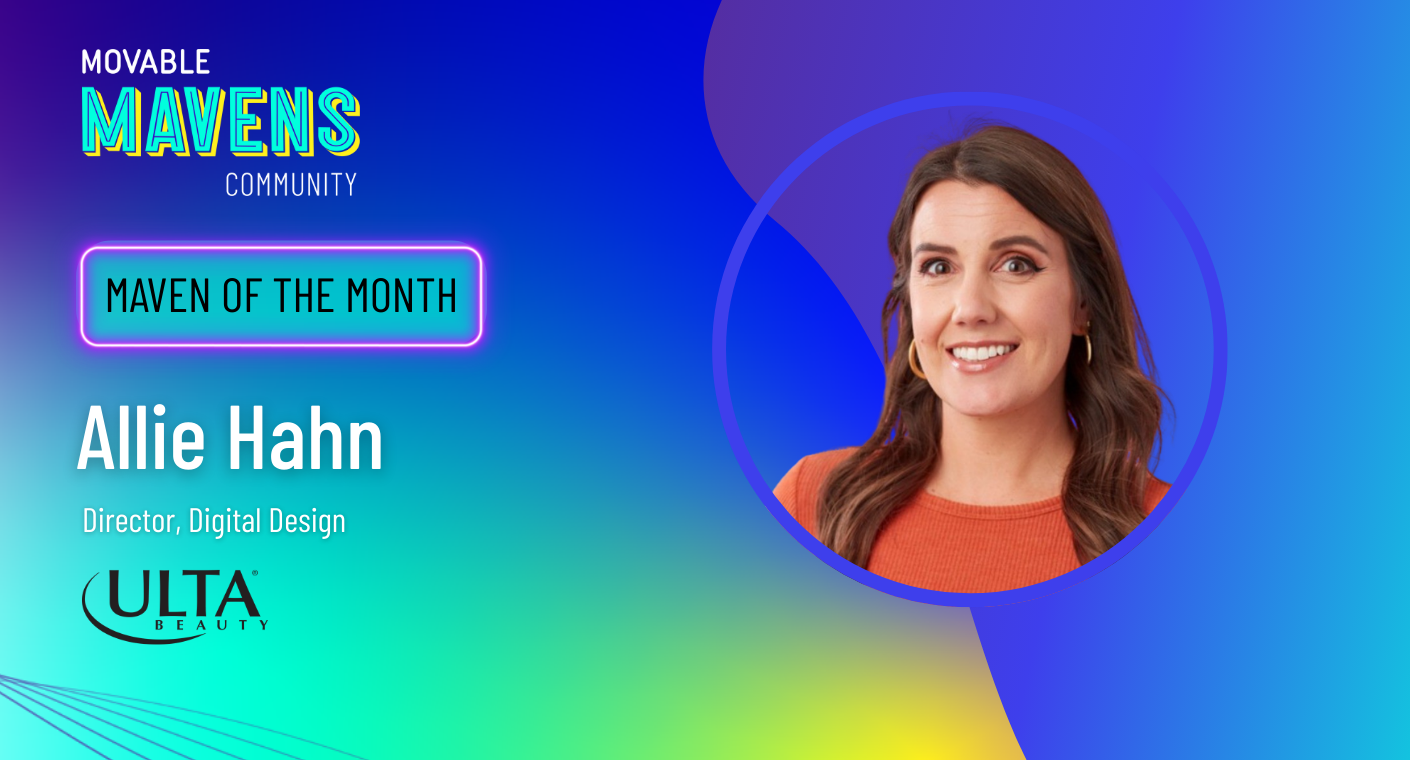Travel is back and booming, and customers are ready to make up for lost vacation time. However, when travelers look to book a vacation, they often don’t know where to start. They know they want to make memories and enjoy some relaxation, but they remain flexible as to how that could play out. For these customers, the logistics and hefty investment of booking a trip can be all the more daunting.
How can marketers relieve this pressure and maximize customer flexibility? By using an inverted funnel approach. Discover how your brand can serve up the crucial information customers need from the get-go, ultimately creating an engaging brand experience from start to finish.
What is the Inverted Funnel Approach?
In the traditional marketing funnel, brands usually begin with general, high-level information to draw in a wide variety of new customers.
An inverted funnel approach reverses that process by sending customers specific information that not only entices them, but immediately delivers a more enhanced brand experience from the first touch.
A key example of this approach often crops up within the media and technology industry. Whenever a streaming service displays show recommendations by various themes, rather than a traditional feed or indexed list, that’s a use of the inverted funnel. Even when a customer signs up for the first time, they are immediately greeted by specific recommendations that make it easy to get started.

While it’s true that those recommendations will grow increasingly accurate over time as the customer engages more with the service, it’s important for marketers not to wait to enhance the brand experience and optimize the customer journey from start to finish.
Personalization is the greatest inspiration
Read the 1:1 Personalization Guide to create your brand's best tailored communications.
Read Now
Why Travel Marketing Needs an Inverted Funnel
Currently, the average traveler visits up to 38 different sites when booking a trip. From accommodations, to flights, to vacation experiences, customers have their hands full. It’s the marketer’s job to alleviate that logistical burden with truly helpful marketing communications. Here are three ways travel brands can start today:
Trade Logistics for Inspo
Everyone can use a spark of inspiration. It’s what can transform a chore into an exciting adventure—or, turn booking a trip into a mini vacation.
For example, you can turn booking into a wanderlust vision board. Include at-a-glance information that displays the destination along with possible accommodations, ratings, and pricing to make booking a vacation is a seamless process. Prioritizing ease and convenience within marketing communications is crucial, especially when nearly 70% of customers consider a leisurely experience a top priority.
This tactic is especially relevant for new customers. Even for first-time visitors to your brand’s site, delivering inspiration through your merchandising will create an engaging experience from the very beginning.
Take Customers on the Road Less Traveled
Travelers aren’t just looking for the popular hotspots anymore. Currently, 64% of customers are hunting for alternative destinations and 53% are open to off-season visits. This shift in booking doesn’t just apply to accommodations either; customers are also willing to trade longer, more roundabout routes in exchange for a better price.
These shifting habits not only decrease overtourism, they also expand marketers’ opportunity to delight customers when they help them find the perfectly unique vacation spot.

Here, Inkredible Travel uses the customer’s previous booking history to deliver personalized trip recommendations. At the top of the email, a hero image that reflects the customer’s last trip to bring back fond memories and gets them in the traveling spirit. Below, destination packages—complete with pricing and possible accommodations—are included to make booking more convenient than ever.
Whether your customer has been on one or a hundred trips with your brand, a communication like this makes them look forward to booking their next vacation.
Journey With Customers Every Step of the Way
Taking an inverted funnel approach doesn’t only apply to the exploration phase of planning a trip. From re-engagement tactics to upsells, an inverted funnel can help marketers reignite travelers at every stage.
Here, Inkredible Travel maximizes their abandoned cart notification with the specific information customers need to take that next step. At the top of the email, a personalized hero image that leverages zero-party data—in this case, the customer’s most recent booking—is displayed. Underneath, Inkredible Travel uses the inverted funnel approach by listing hotel recommendations to complete the trip, including live pricing. As an added bonus, the brand uses social proof by showcasing each accommodation’s rating.

In an upsell opportunity, Inkredible Travel applies an inverted funnel to ancillaries. Here, Inkredible Travel uses first-party data—the customer’s browsing history—as a starting point to display specific trip recommendations. But this time, the brand offers packages complete with excursion activities that drive additional streams of revenue. As a finishing touch, Inkredible Travel drives urgency by displaying how many “eyes” are currently considering these deals.

Conclusion
To engage travelers and make the most of the current travel boom, it’s time for marketers to flip the script and offer up an enhanced brand experience from the very beginning. With the right information delivered in an engaging way, customers will be empowered to make decisions that create the best travel experiences possible.




.png)
.png)


